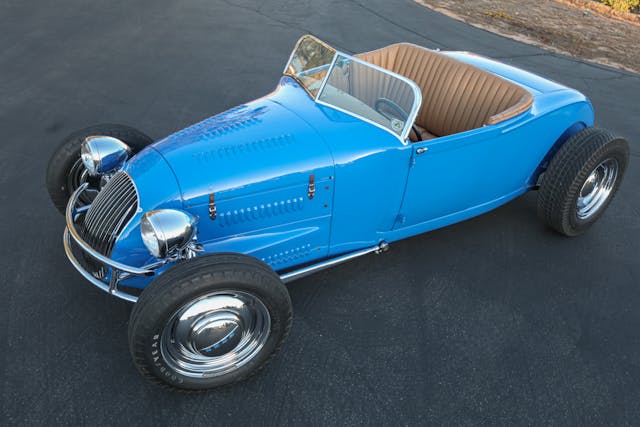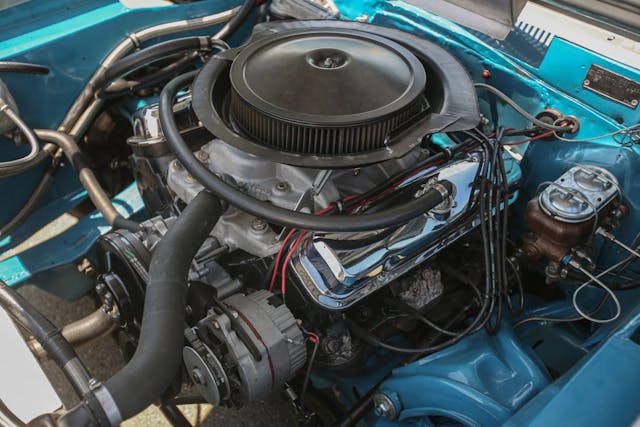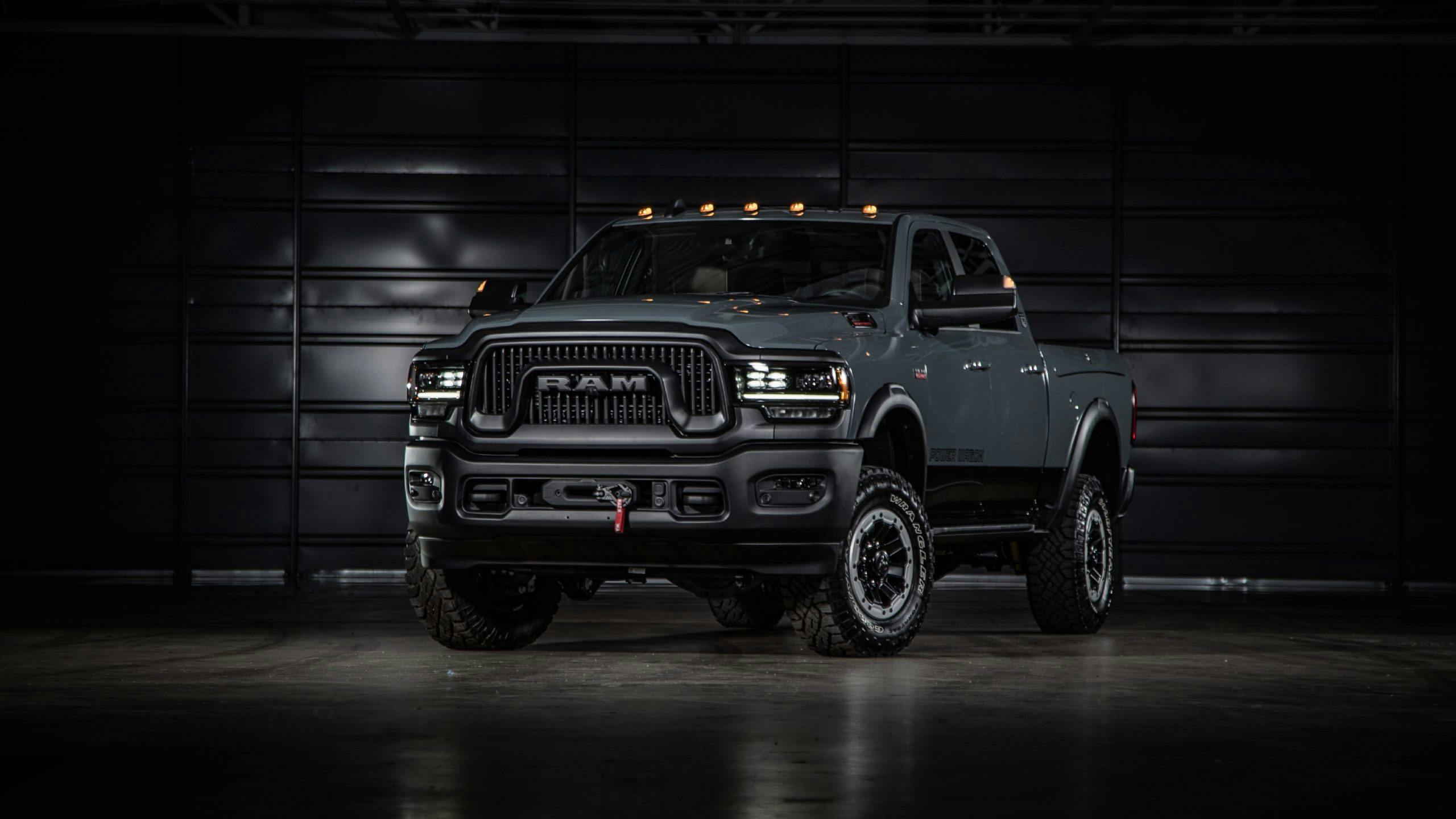4 car terms misused by almost everyone
Automotive enthusiasm has its own glossary. Many of the terms mean something different from one niche of the culture to another, but some have well-established definitions. Below are four of my biggest pet peeves in car nomenclature.
Some argue that because language is always changing, every word acquires a new meaning over time. That’s true, but only if we let them—and why fix what isn’t broken?

1. “Roadster”
The slow evolution of the term roadster is one that I’ll have to accept, but there’s a bar for entry—a point at which a car is simply not a roadster.
A century ago, “roadster” meant a two-seat, topless car with minimal weather protection. A Ford Model A roadster doesn’t have glass side windows, while a Model A cabriolet does. By the 1950s, the word’s meaning had been nudged a little—European sports cars with fabric side curtains and tops were still called roadsters, because their weather gear didn’t do much.
Later, the term evolved into a way to differentiate between sporty, two-seat convertibles and larger, more luxurious four-seat convertibles. That makes for a blurry line, of course. The Porsche 718 Boxster is a roadster, a 5000-pound, four-seat Bentley Continental GTC is not, and there’s plenty of room between the two for debate.
The upcoming Tesla Roadster, with its four seats and its fixed rear roof, is not a roadster by any definition, past or present. What’s so bad about admitting that a car is a targa-top?

2. “Big-block” Pontiac
Spend enough time searching classified ads, you’ll inevitably come across a car powered by a “Pontiac big-block.” There is no Pontiac big-block.
Pontiac unveiled its first V-8 in 1955. For nearly 30 years, until the division replaced its house V-8 with a version of GM’s “corporate” Chevy small-block, there was only one Pontiac V-8 architecture. From 265 cubic inches all the way to 455, Pontiac used just one bore spacing (the distance from the center of one cylinder bore to the center of the adjacent bore in the same bank). The 5.0-liter used in early Trans-Am racing (above) has the same external dimensions as a 455.
(Before anyone mentions it, Big Chief cylinder heads bolted onto a Chevy big-block bottom end don’t make the engine a Pontiac big-block.)
Oldsmobile is the same way, with identical bore spacing in everything from the 303 Rocket to the monster 455. Olds fans like to differentiate between small- and big-block engines based on deck height—the distance from crankshaft center to cylinder top—but that’s not what makes a big-block in my book. Tall-deck Chevy LSX engines are still small-blocks, after all.
With Olds and Pontiac, it seems the confusion comes from the fans themselves—each brand is now dead, and neither used the “small-block” or “big-block” nomenclature in any official capacity.

3. “Heat Soak”
When the C7 Corvette Z06 debuted for 2015, road-racing netizens were quick to assault its supercharged, 650-hp LT4 V-8. They were certain that a naturally aspirated V-8 was the proper choice for a track-focused Corvette.
They had a point, at least for a bit. The initial version of the cooling system in that Z06 wasn’t up to the task of keeping intake air cool for prolonged track sessions at high ambient temperatures. The result was reduced performance. For 2017, Chevrolet remedied the problem with a new cooling system and a supercharger lid with an improved charge cooler. (The latter part also found its way onto later applications of that engine, including the sixth-gen Camaro ZL1.)
Plenty of outlets said those early Z06s were experiencing “heat soak.” They weren’t. The engines in those cars simply produced more heat than the cooling system could deal with. “Heat soak” is what happens when an engine’s cooling system rises in temperature after you shut it off. When the water pump is no longer pumping coolant through the radiator, because that pump only runs when the engine is running.
Park a hot car, fresh off the track, and turn off the engine—coolant temps will continue to climb. If an engine is still running and still pushing coolant through its radiator, but it can’t keep everything happy enough to produce the quoted factory power? We already have a term for that: overheating.

4. “Widebody”
I’ve saved my most pedantic pet peeve for last. Fender flares don’t make a car a widebody.
Blame Dodge for legitimizing this. The picture above is a “widebody” Challenger. The car is also offered in a standard “narrow” configuration, without the fender flares.
If the fenders and quarter panels on the “narrow” and “widebody” versions of a car are the same, something doesn’t add up. Let’s use a Mopar cousin as an example: You could call the Ram TRX (below, left) a widebody, sure. The body is substantially different from that of the base Ram. But the Power Wagon? I don’t think so.
Many of you probably disagree with these silly opinions. I’d love to hear your own car-language pet peeves—share them in the comments! (Just don’t expect to change my mind.)
***
Check out the Hagerty Media homepage so you don’t miss a single story, or better yet, bookmark it. To get our best stories delivered right to your inbox, subscribe to our newsletters.





Incorrectly using the word “Build” as an adjective to describe a vehicle that has been customized.
Both make good water dishes for your pet. I have to go fill my dog dish hubcap now. Fido is thirsty.
Um- a Cayman is not a Roadster- Boxster, yes.
Please hammer home one thing for me- I keep having to correct even auto journalists and professionals that the “regular” brakes on most cars are NOT steel. They are cast iron. Stop calling them steel! That’s factually incorrect, and it is the wrong application for steel. I know that some motorcycles actually use stainless steel rotors, but that’s not a car. Same thing with the next most common (but rather uncommon material) for brakes- they’re carbon ceramics or just ceramic brake rotors. Not carbon rotors like you’d see on a LMP prototype or an F1 car.
The term “manual brakes” used when referring to non-power brakes. “Manual” defines something that is hand operated (manual transmission).
Footual brakes. 💀
Tell Fred Flintstone…..
One of my favorites is a person who lists in their ad their 65 Falcon has a V6 when it is obviously an inline 6.
Unfortunately, in our language, if a term is misused often enough by enough people, it becomes accepted as correct. I cite the word “myriad” as a prime example.
You touched on one of my grammar peeves. Myriad means “a great number of,” so you can have myriad ways of doing something, not a myriad of ways of doing something.
The author described the Porsche Cayman as a possible “roadster”. How possible? The Cayman is a hard top (only) with side windows.
I have heard the heatsoak term used for turbo and supercharged engines for years. It was used with a qualifier of either intercooler heat soak or supercharger heatsoak. I think it is applicable for when the intercooler cannot bring the temps down anymore due to prolonged high load and/or insufficient intercooler thermal capacity. I don’t find any problems with that one.
Porsche Cayman is a coupe; did you mean to say Boxster?
A Porsche Cayman is a ‘coupe’.
You said, “The Porsche Cayman is a roadster.” It is NOT, The Boxster might be considered a “Roadster.” But, it’s coupe twin, the Cayman” is not. The Cayman has a integrated hard top (As opposed to a “hardtop”). See images at: https://www.porsche.com/usa/models/718
How about Hotrod vs Ratrod… My ’33 Hiboy Coupe is more or less a traditional hotrod. You know – chopped top, no fenders, rattle-can flat black paint, dropped straight axle located by hairpins and a transverse spring, etc. It is NOT a ratrod just because the paint is not glossy. A ratrod (in my mind, anyway) features at least some rust somewhere on it – often the entire vehicle worth of it. Rats also tend to feature a lot of creativity in the selection and placement of components. Engine mounts from large open-end wrenches? Visor from a two-man saw blade? Beer keg fuel tank? Interior made entirely of license plates? Welded chain steering wheel? Brass knuckle shift knob? Sure – why not! Anything goes. As long as you think it’s cool, go for it. I’m not saying there is anything wrong with a ratrod – I have lots of friends who built and regularly drive theirs. I’m just saying that simply because it lacks a $10,000+ paint job, it is not automatically a ratrod. I can’t tell you how many folks have asked what color I’m going to paint mine when I’m through…
4WD vs AWD. Drives me nuts.
My memory is shot, but a week or so back I read somewhere?…..here…? Anyway, there was an article describing the difference between AWD and 4WD
With AWD, you cannot select a 2WD mode. With 4WD you can select 2WD.
Shooting brake, and coupe’.
They are both very clear descriptions that have been twisted…
How is a Porsche Cayman a roadster? Surely the author meant Porsche Boxster?